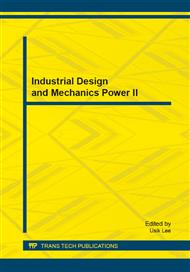p.22
p.27
p.32
p.36
p.42
p.47
p.51
p.56
p.62
The Basic Performance Analysis of the Rail Vehicle Body
Abstract:
The design and manufacture of the vehicle structure determines of the safety and suitability during operation. For most designers, the bearing capacity of the vehicle body is not completely understood. The initial estimate of the vehicle is simply a uniform simply supported overhang beam structure. With the development of computer technology, people can use more complex and closer to the actual body computational model, but it generally requires a lot of work, and designers are often only able to see the final result. It is not clear that the factors affect Load-carrying properties of the body structure. Designers often can not look find a process of improving the design. This method to scan the body structure by a computer calculation and analysis, the geometry, mechanical properties of parameters of the body cross-section has been plotted map. You can quickly and accurately understand the overall performance of the body, analysis the performance difference of different body cross-section. Reasonableness and balance of the body can be measured and awarded. In general, it is very important for the designer of the vehicle.
Info:
Periodical:
Pages:
42-46
Citation:
Online since:
October 2013
Authors:
Keywords:
Price:
Сopyright:
© 2013 Trans Tech Publications Ltd. All Rights Reserved
Share:
Citation:


